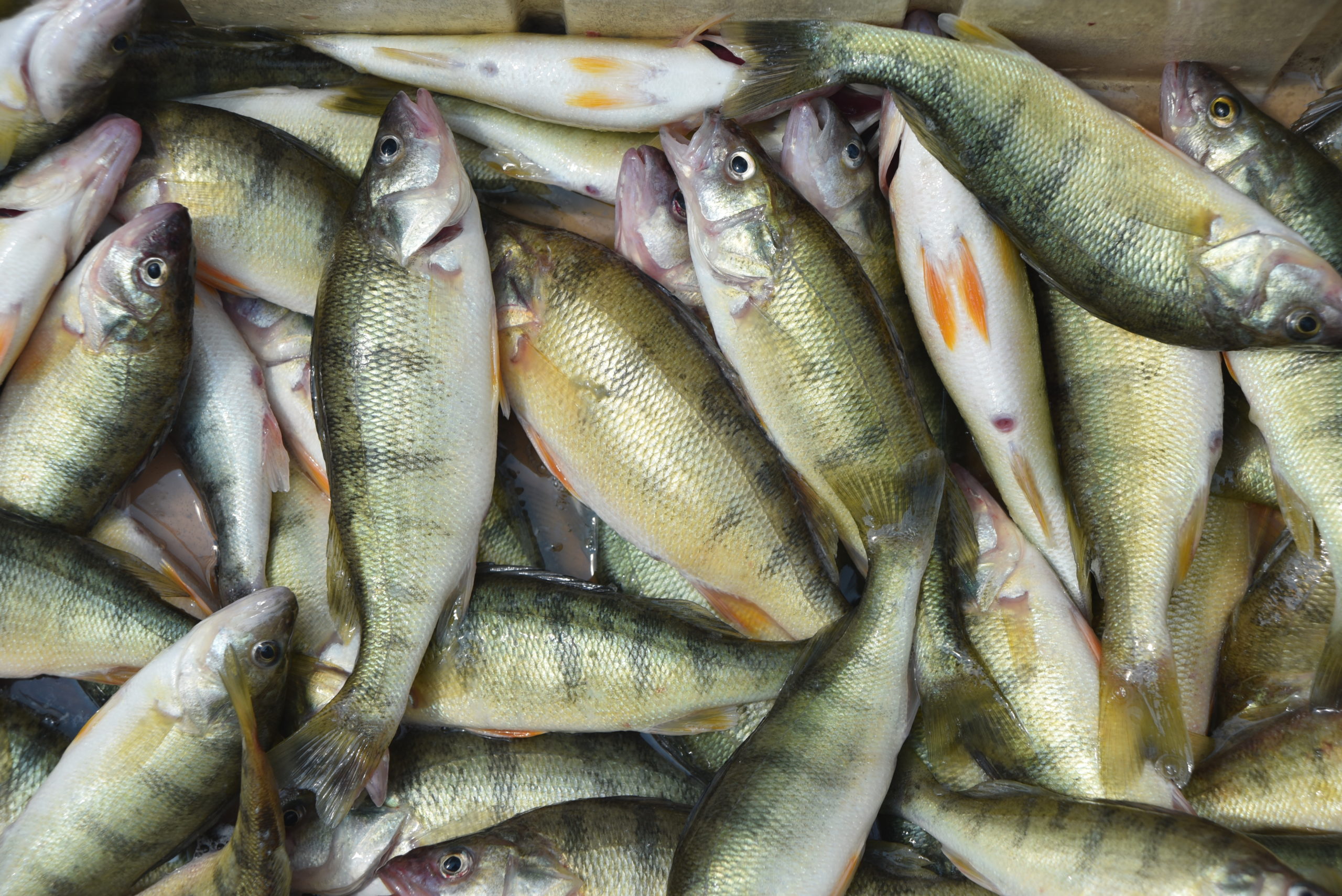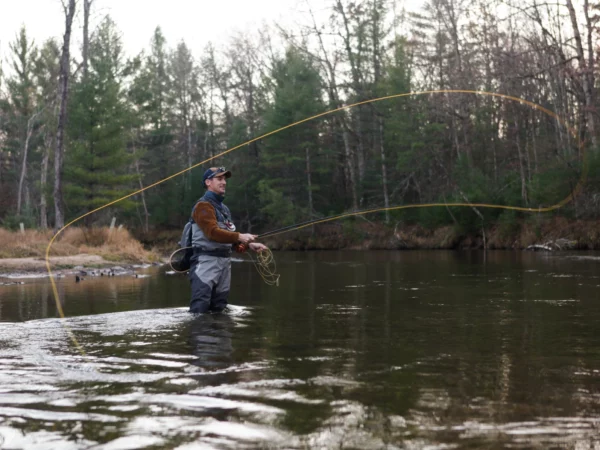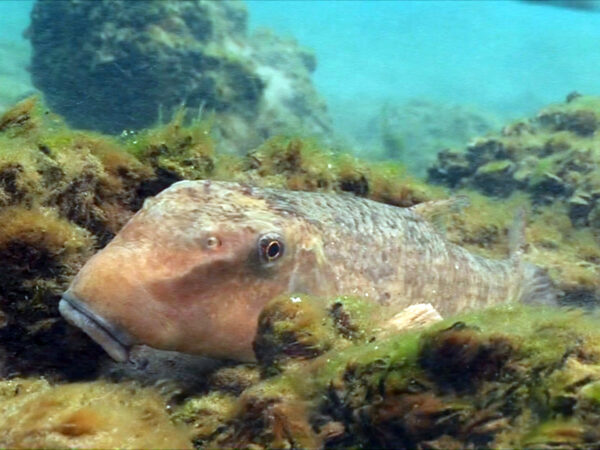
By Zahra Ahmad, Bridge Michigan
The Great Lakes News Collaborative includes Bridge Michigan; Circle of Blue; Great Lakes Now at Detroit Public Television; and Michigan Radio, Michigan’s NPR News Leader; who work together to bring audiences news and information about the impact of climate change, pollution, and aging infrastructure on the Great Lakes and drinking water. This independent journalism is supported by the Charles Stewart Mott Foundation. Find all the work HERE.
LANSING — Expanded underwater spearfishing, catch limits and size restrictions are among Michigan’s new fishing laws.
The Michigan Department of Natural Resources this week announced most of the changes will go into effect April 1. Fishing licenses go on sale online March 1 and are valid for a year.
Here is a direct look at some of the fishing changes for 2022.
Walleye size limit increased in Lake St. Clair and St. Clair River
Anglers who are fishing in Lake St. Clair and the St. Clair River have to catch longer walleye. The DNR increased the size limit minimum from 13 inches to 15 inches, which is the same as the statewide regulation.
The DNR changed the minimum size limit to make its walleye regulations uniform throughout the connected waters of the St. Clair-Detroit River system. The system includes Lake St. Clair, the St. Clair River, the Detroit River and Lake Erie.
Catch more round whitefish in Lake Superior
Anglers can try to catch more whitefish in Lake Superior. The DNR increased the daily round whitefish limit to allow anglers to keep 10 additional fish in Lake Superior.
Similar to the lake whitefish, but smaller, few round whitefish are caught by recreational anglers because it is primarily a commercial species. That’s because round whitefish are rarely seen unless they venture into shallow waters in April and May and again in October and November to breed.
Underwater spearfishing in southern Lake Michigan and Lake Huron
Anyone interested in trying to spear lake trout, northern pike, and walleye underwater can do so in southern Lake Michigan and Lake Huron starting April 1. Such areas include waters south of the southernmost pier at Grand Haven and waters south of the southernmost pier of Thunder Bay River, extending south to the mouth of the St. Clair River.
Underwater spearfishing involves gear and slingshot-like elastic-powered spearguns to catch fish.
The DNR does not expect many people to catch a lot of fish using this unique and demanding method. So, the agency is not concerned about the expansion causing biological concerns.
Underwater spearers will have to get a no-cost underwater license and report their effort and harvest monthly to the DNR.
This way the agency can track and collect information about the number of people taking part in the activity.
More fishing in Torch and Rapid rivers with special hooks
Anglers can fish on Torch River in Antrim County and Rapid River in Delta County from May 1 to July under the DNR’s new special hook regulations.
To fish legally on Torch River from the Crystal Beach Road Bridge downstream to Lake Skegemog including the Rapid River up to Aarwood Road Bridge, anglers have to use a single-pointed hook measuring one-half inch or less from point to shank from May 1 to July 1.
According to the DNR, the regulation replaces the fishing closure on these waters and allows anglers to fish while protecting resources.
Catch only one rainbow trout (steelhead) a day in some waters
Anglers may only catch one rainbow trout (steelhead) in some inland streams from March 15 to May 1.
The Michigan Natural Resource Commission, the government body that approves new wildlife and fish regulations, changed the bag limit in November 2021 amid declining steelhead populations in some tributaries.
The one fish bag limit applies to Bear Creek, Manistee River, Pere Marquette, Muskegon River, Manistique River and Carp River.
The steelhead population in Lake Michigan has steadily declined from 3.5 million in 2011 to just under 3 million in 2018, according to the state Steelhead populations at Little Manistee Weir dropped significantly from just over 6,000 in 2002 to just under 2,000 in 2020.
Catch more news at Great Lakes Now:
Top 10 Fish to Catch: Great Lakes means great fishing
Breaking up: Ice loss is changing one Anishinaabe fisherman’s relationship with Lake Superior
Featured image: A cooler full of Lake Erie yellow perch. (Photo Credit: James Proffitt/Great Lakes Now)




